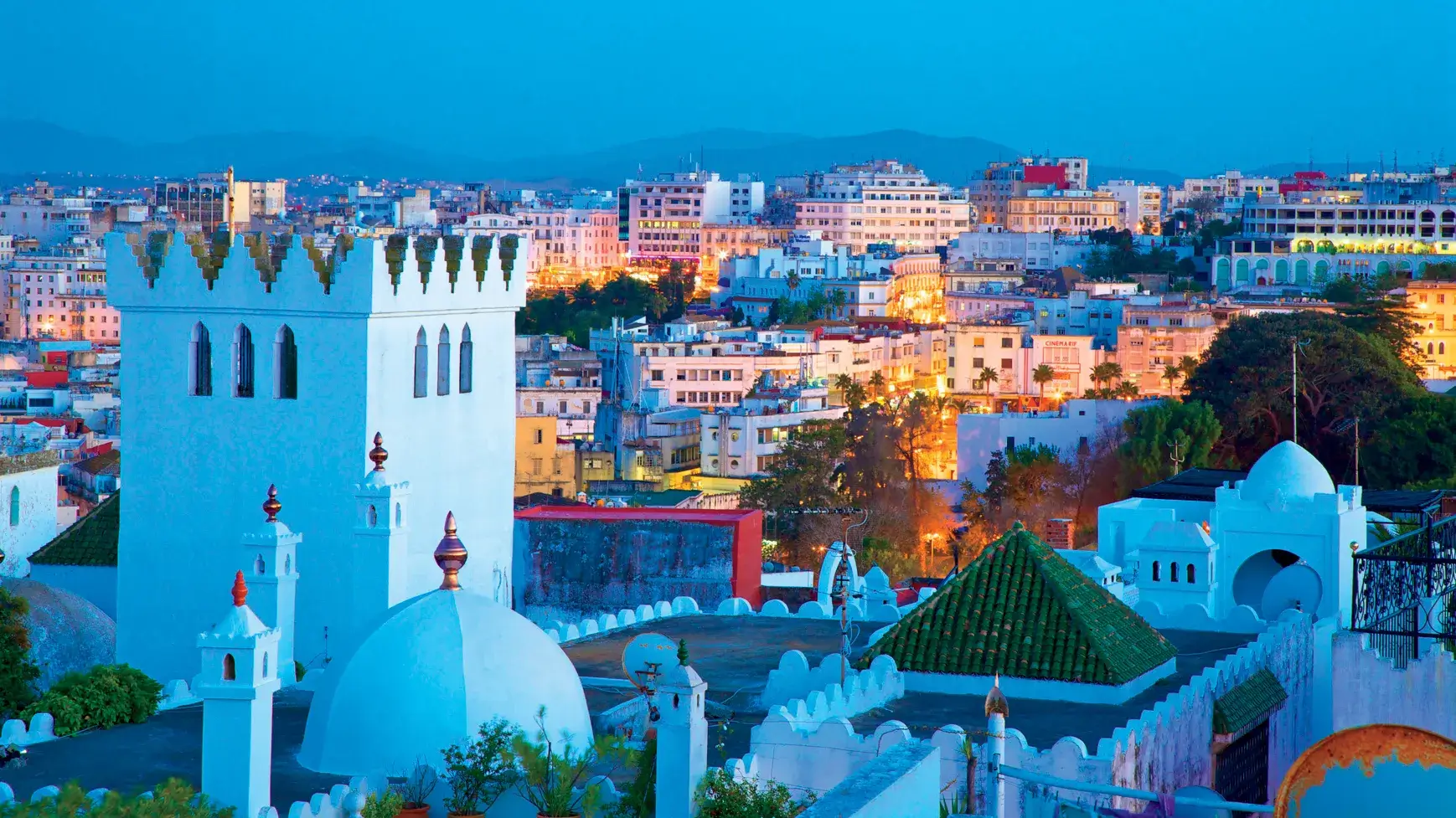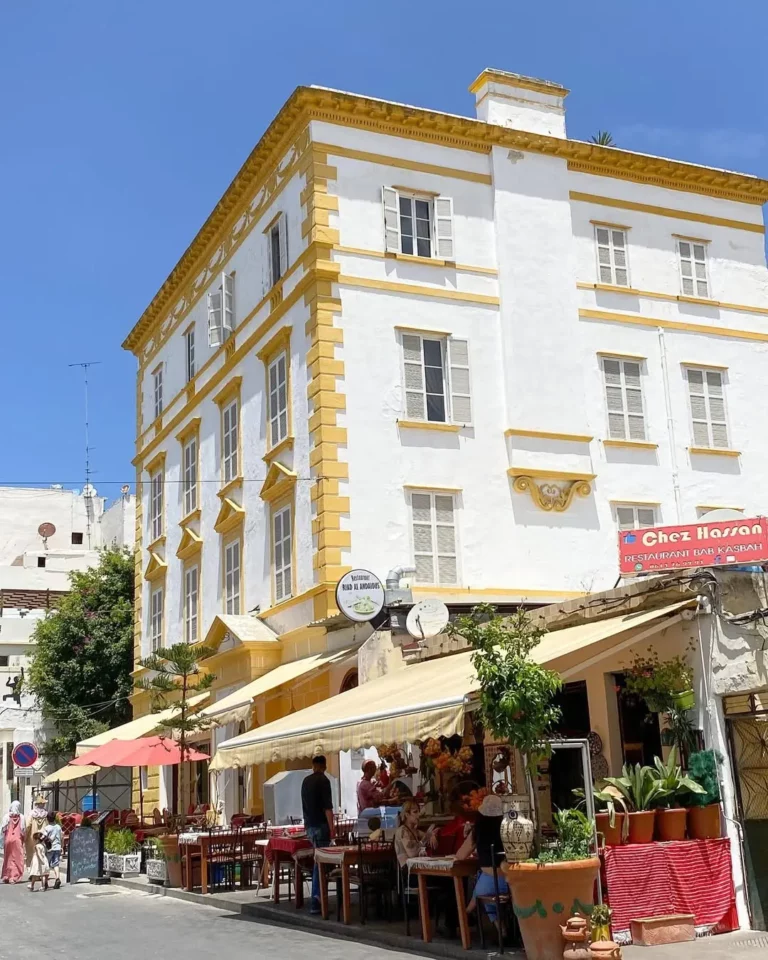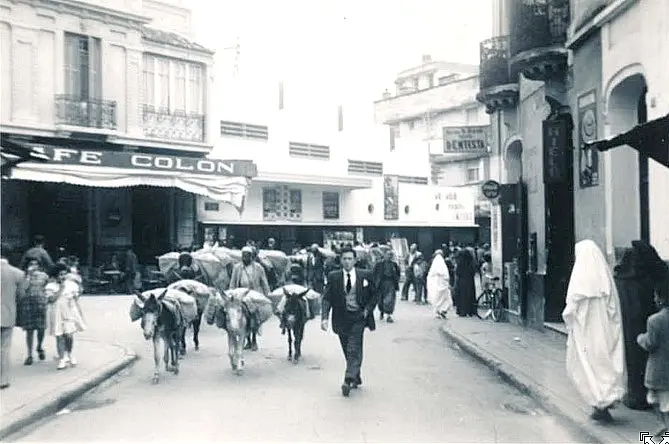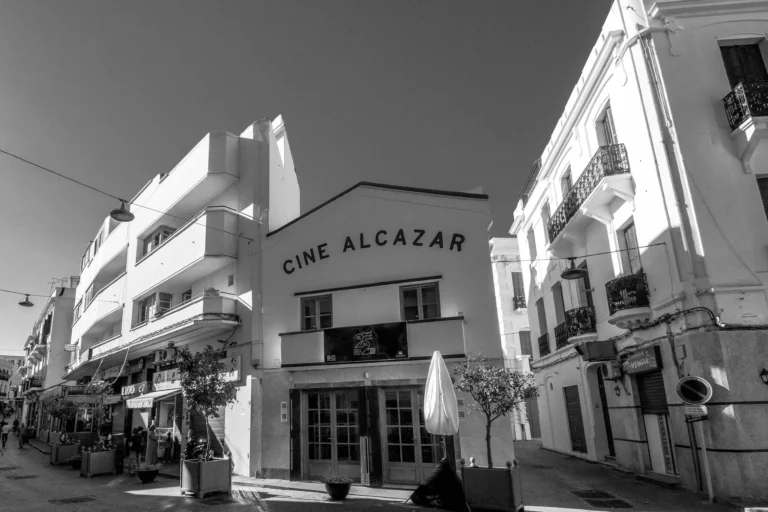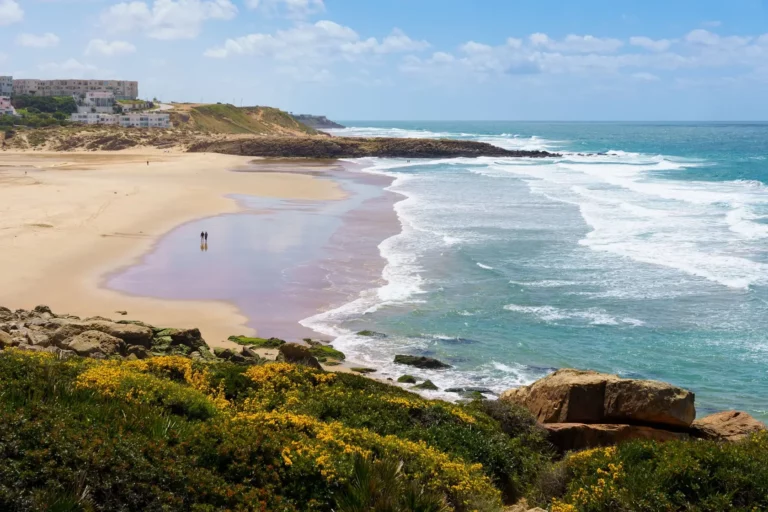Day 1: old Tangier neighborhoods
In the morning. The historic center can be reached on foot in the footsteps of the painters and writers of yesteryear but also in search of an avant-garde that shakes things up. The best is to get dropped off by taxi at the entrance of the Kasbah. This is the district of Dar el-Makhzen, the palace of the Arab-Andalusian sultan (17th century) now a museum with rich collections tracing the history of the city since the Phoenician era. Next door, a contemporary art space has just been set up in the old prison (double ticket £3), a unique showcase for the painters of the Northern School, the origin of modern Moroccan creation.
The afternoon. All you have to do is let yourself be carried away and stroll through Tangier alleys between shops and colourful houses like in a Matisse painting. Along the way, take the pulse of the Tangier movida at the art gallery owner Olivier Conil then at the Librairie Les Insolites, where Stéphanie Gaou organizes readings and openings. Just a stone’s throw away, Zawia Tanger, a new arty space, is also a symbol of the new generation.
The Palace of Italian Institutions (Palais Moulay Hafid), with its beautiful Moorish architecture, is revealed to the public during events such as the Spring of Books and Arts or the Tanjazz festival (end of September). And every year, the artistic journey ETRE ICI reveals unusual places. Some were subsequently renovated and opened to visitors, such as the Borj Dar El Baroud and its fortification interpretation center, or the Borj En-Nâam dedicated to the memory of the great Tangier traveler Ibn Battuta.
Day 2: local delicacies and crafts
The morning. Tangier is the gateway to the Jbala culture. On Thursdays and Sundays, don’t miss the Grand Socco meeting (place du 9 April 1947) where peasant women in traditional dress come to sell their products (avoid photos). We continue with the fish market where species from the Atlantic and the Mediterranean coexist. After this appetizer, head to the Darna association restaurant for a lunch like at home (except Sundays). In this training center for women in precarious situations, you can take a cooking class (£25/person) and buy pretty crafts made in the workshop upstairs.
The afternoon. We drink qahwa (coffee) at the Rif, a former cinema from the 1950s and the only cinema library in North Africa (except Monday) before filling our basket with pretty striped napkins at the Fendak Chejra, rue Oualili, a former caravanserai where you can witness the skills of weavers. Don’t miss the vintage fashion of Isabelle Topolina, check her small boutique on Place de La Kasbah. Just a stone’s throw away, the Las Chicas concept store/tea room is a place full of refined clothing and craft items. Our suggestion: dine next door at the El Morocco Club in an intimate atmosphere.
Café Hafa is one of the most romantic places for a mint tea (£1) at the end of the day with its cascade of terraces overlooking the Mediterranean. You can also contemplate the sunset among lovers and groups of friends on the hill of the Hafa necropolis, dotted with strange land fissures and cavities, remains of Punic tombs.
Day 3: journey into a cosmopolitan past
The morning. An intermittent international zone, Tangier was administered by nine countries between 1923 and 1956! The marks of this cosmopolitanism can serve as a common thread for a lovely architectural stroll. Start with the American Legation museum at the entrance to the medina (Monday to Friday, 10 a.m. to 5 p.m., until 3 p.m. on weekends, £5), a hall of which is dedicated to the writer American Paul Bowles, who spent more than fifty years in Tangier. The Gran Teatro Cervantes, with its famous Art Nouveau facade, awaits its renovation.
The afternoon. We head east along the immense cornice on the seafront. At the end, Cape Mabalata, planted with pine trees, is a privileged viewpoint from which to contemplate the bay. On the way back, we stop at Villa Harris, boulevard Mohammed VI (10 a.m. to 6 p.m., except Tuesday, £2), a residence built by Walter Burton Harris, journalist at The Times, at the end of the 19th century. It has just been transformed into a museum of modern art.
A drink at The Minzah Hotel, a legendary address with Moorish architecture, or on the terrace of the no less historic Villa de France. Room 35, where Matisse resided for many months in 1912-1913 and whose view he immortalised, has been renovated. It is possible to visit it on request.
Day 4: from the sea to the ocean
The morning. On the way to the Atlantic, by rental car or with a tourist driver to be booked at your accommodation. We cross the Marshan district, dotted with prestigious residences such as the Tazi Palace, future Fairmont Tazi Palace Tangier. The streets wind through the lush vegetation, a good introduction to the visit of Perdicaris Park, classified as a site of biological and ecological interest, and Donabo Gardens (donabogardens.com/?lang=en, Tuesday to Sunday, 10 a.m. to 8 p.m., £5). Its route in ten stages, from mint beds to the rock garden, invites you to stroll, just like its terrace buried in umbrella pines, eucalyptus and mimosas. Obligatory fruit juice break!
The afternoon. Mediterranean breezes give way to ocean winds: at the Caves of Hercules (from 10 a.m. to 8 p.m., £6), you can breathe them through the funny opening in the shape of an inverted map of Africa: it is here that the demigod would have accomplished one of his twelve labors. The sea spray rather makes you want to relax. Our suggestion: drop anchor at the Ocean in Sidi Kacem for a delicious seafood lunch before an invigorating bath (between 18° and 22°C depending on the season from April to November). To leave, take the path towards Cape Spartel and its 19th century lighthouse, where a small museum has just been set up (£2). A good spot to watch the sunset on the borders of Africa.
You can take the red double-decker bus from Tanger City Tour (tanger.city-tour.com/en) to travel between sites. They leave at the port every thirty minutes (9 a.m. to 5 p.m.) for the eleven-stop city circuit, and three times a day (12:15 p.m., 2:15 p.m. and 4:15 p.m.) for the nine-stop Espartel circuit ( from 9 a.m. to 5 p.m.). But you will have to return early: last departure from the Caves of Hercules at 5:15 p.m.

